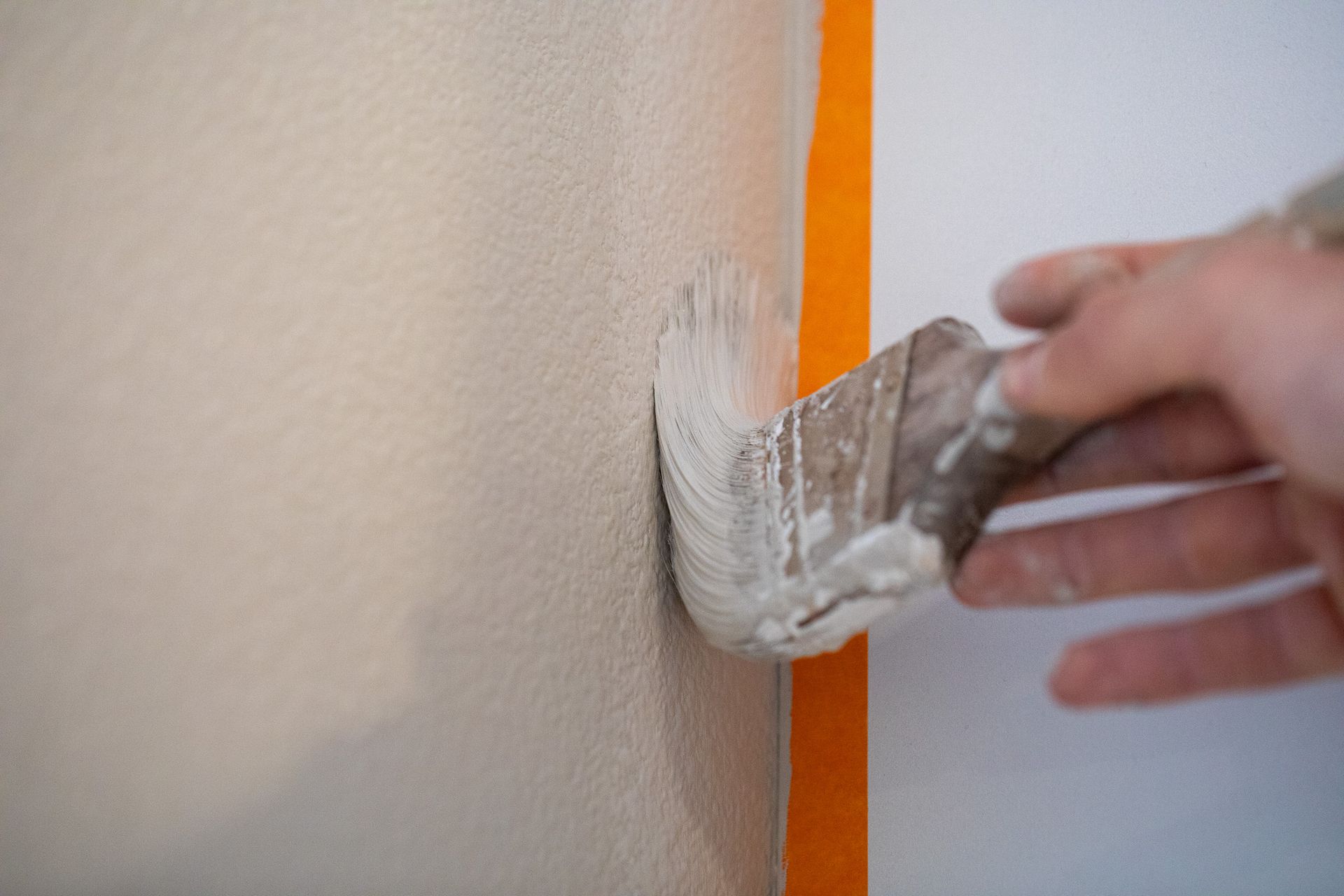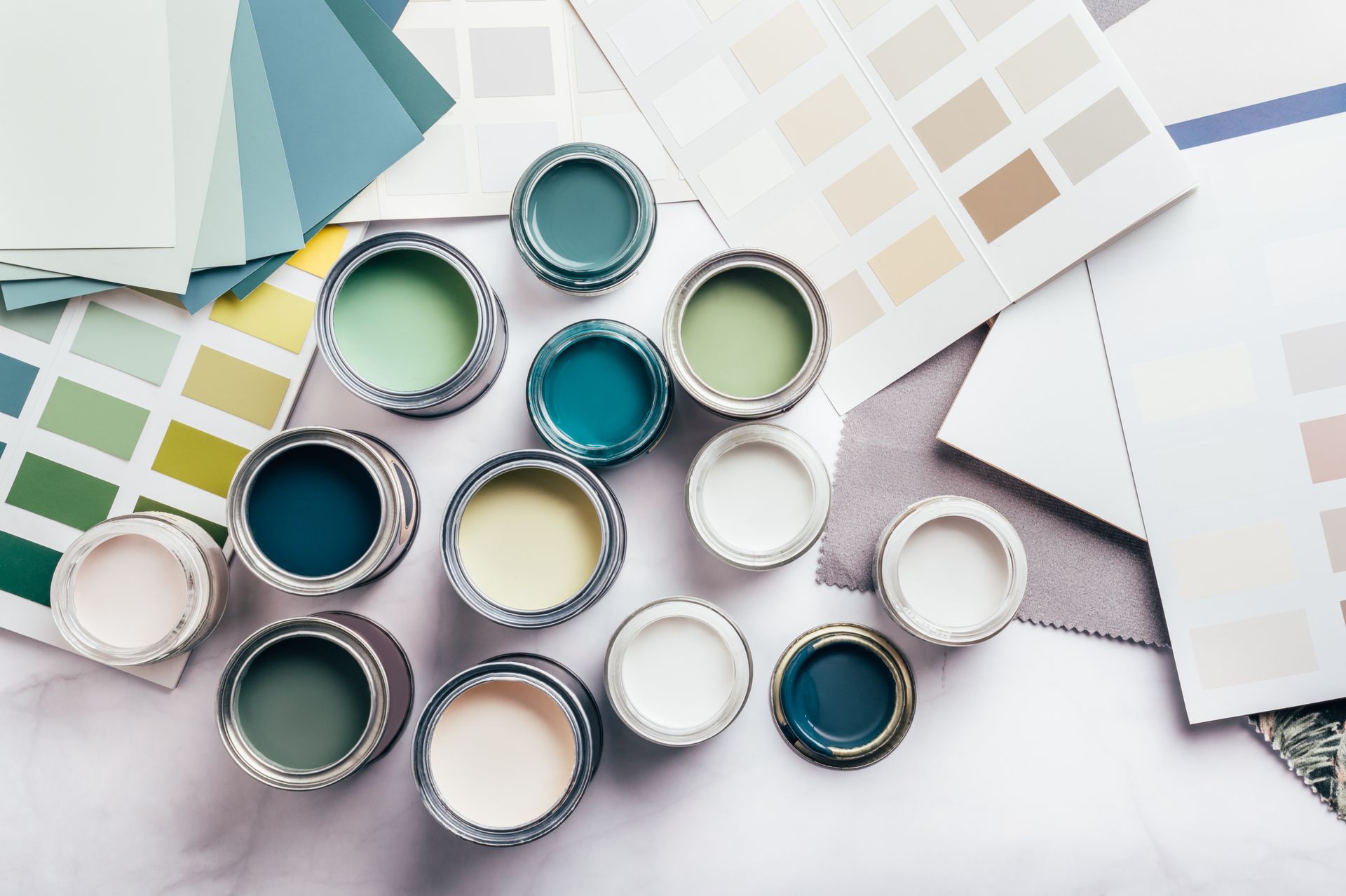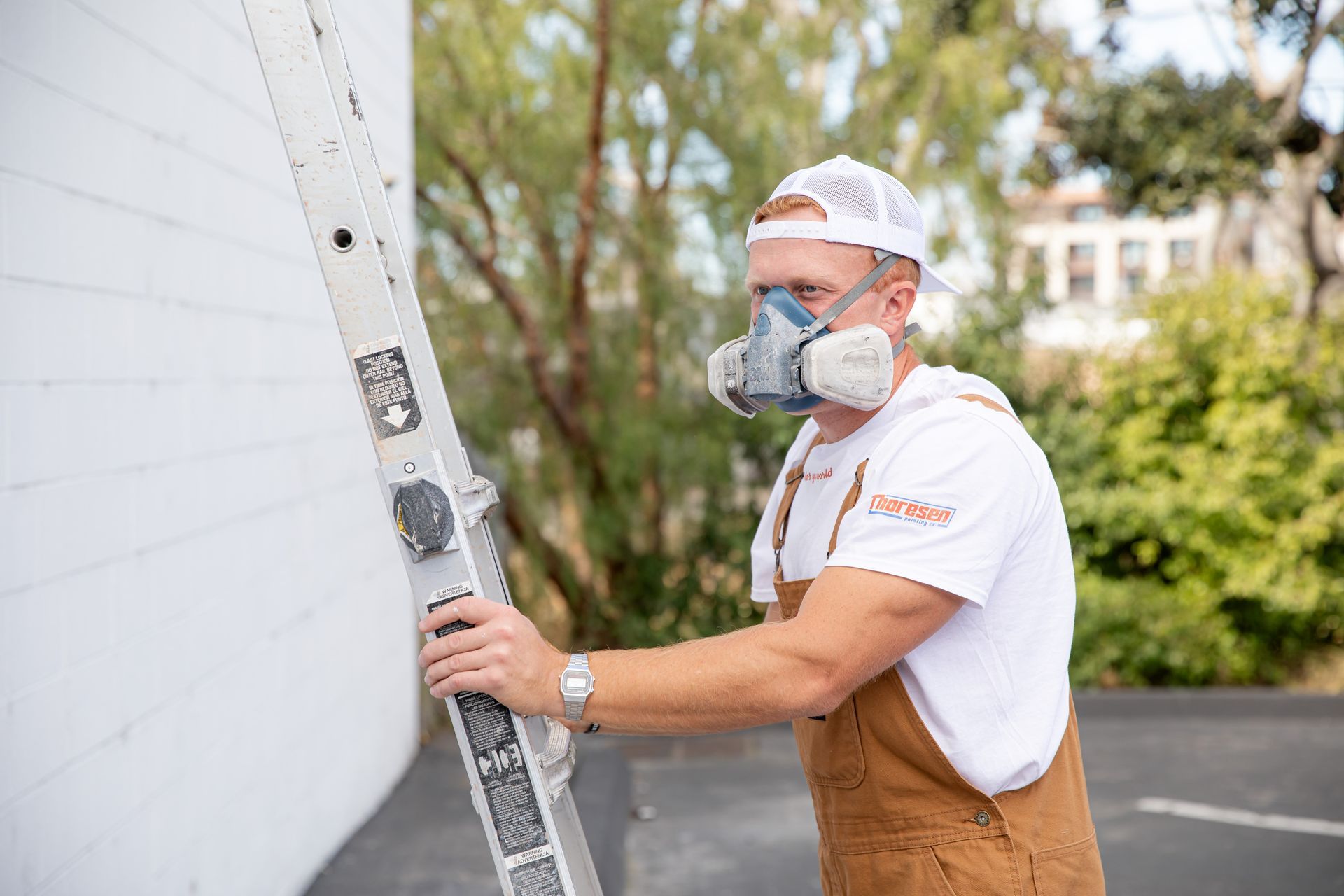The Importance of Proper Surface Preparation Before Painting
When it comes to painting — whether it's a cozy living room, a busy commercial storefront, or a stunning outdoor mural — the secret to a flawless, long-lasting finish isn’t just the paint you choose. It’s what happens before the first brushstroke hits the wall.
At Thoresen Painting, we know that proper surface preparation is what truly sets a professional-quality paint job apart from the rest. Here's why steps like sanding, priming, and cleaning are so critical to achieving beautiful, durable results.
Why Surface Preparation Matters
Think of painting like building a house: if the foundation isn’t solid, everything on top of it can crack, peel, or fall apart. Surface prep ensures that your paint adheres properly, looks smoother, and lasts longer, saving you time and money in the long run.
Without the right preparation, even the highest-quality paint will struggle to perform. Poor prep can cause:
- Bubbling and blistering
- Uneven textures
- Premature peeling
- Fading and discoloration
- Visible flaws like dents and cracks
The Key Steps in Surface Preparation
1. Cleaning the Surface
Dirt, dust, grease, and even invisible residues can prevent paint from bonding properly. We thoroughly wash walls, siding, ceilings, or surfaces using appropriate cleaners. On exterior projects, we may use pressure washing. Indoors, a mild detergent and water solution can do the trick. Clean surfaces mean clean adhesion — it’s as simple as that.
2. Repairing Imperfections
Small cracks, holes, dents, and other imperfections can show through even multiple coats of paint. We patch, fill, and sand these areas to create a smooth and even surface. For murals or detailed work, this step is especially important because even tiny flaws can disrupt the overall look.
3. Sanding
Sanding isn't just about smoothing — it also helps create a slightly roughened surface that paint or primer can "grab" onto. Whether we're lightly scuffing glossy surfaces or smoothing patched drywall, sanding is essential for achieving a consistent, professional texture.
4. Priming
Primer acts as the "bridge" between the surface and the paint. It helps with:
- Sealing porous surfaces (like new drywall or raw wood)
- Preventing stains from bleeding through
- Improving color vibrancy and coverage
- Enhancing adhesion for longer-lasting results
Skipping primer can lead to dull, uneven, and easily damaged paint jobs.
5. Masking and Protecting Surrounding Areas
A clean workspace ensures a cleaner final product. We carefully mask off areas that shouldn’t be painted — like trim, windows, fixtures, and floors — to keep edges sharp and minimize mess.
Long-Term Benefits of Proper Preparation
When surfaces are properly prepped, your paint job will:
- Last years longer with fewer touch-ups
- Resist peeling, cracking, and moisture damage
- Look smoother, brighter, and more polished
- Save you money by reducing the need for early repaints or repairs
For businesses, it also means maintaining a professional appearance that builds trust with customers. For homeowners, it means pride in your living space that stands the test of time.
Trust the Pros at Thoresen Painting
Proper surface preparation isn’t the glamorous part of painting — but it’s the most important part. At Thoresen Painting, our commitment to excellence starts long before the first coat of paint. Whether it’s a residential refresh, a large-scale commercial project, or a custom mural, we make sure every surface is flawlessly prepped for maximum beauty and durability.




